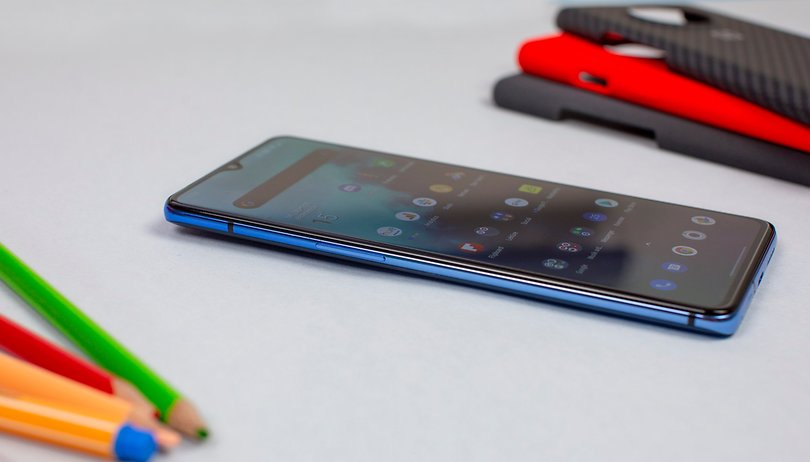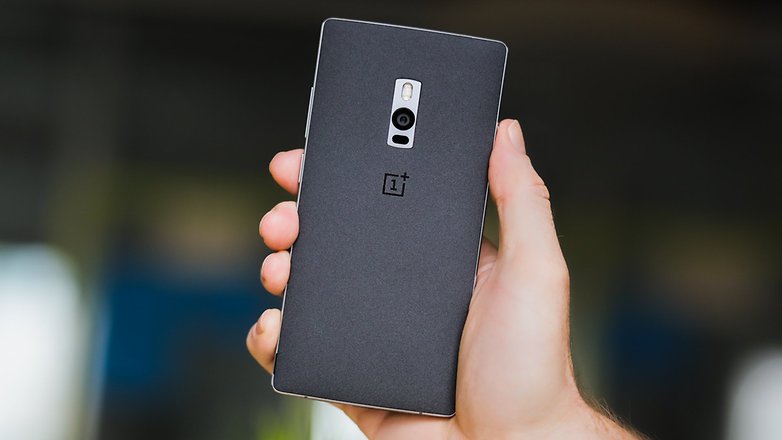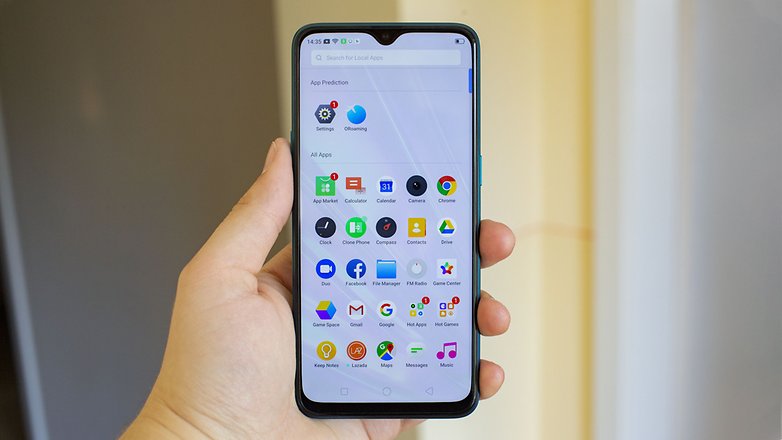How OnePlus became a dedicated follower of fashion


Later this week, OnePlus will launch its latest flagship smartphone series in London. Part of the lineup will almost certainly be the OnePlus 7T Pro. It should be an impressive device, but its name signals the start of new compliance to industry trends. The flagship killer has become the flagship conformer.
You can find more videos on current tech topics on our video page.
OnePlus is still a young company. Founded in late 2013 by Pete Lau, former vice president of Oppo, and Carl Pei, the goal from the start seemed clear: cut through the complicated mess that is a saturated smartphone market and offer a single, simple option for those that want a high-end phone without the high-end price tag. This modus operandi was neatly summarised in the brand's slogan: Never Settle.
In 2015, Pete Lau said: "We want to be the MUJI of the tech industry, this is our direction." The Japanese lifestyle brand, which sells everything from clothing and furniture to stationery and even food, is one of the most harmonious companies you will ever find when it comes to branding. Everything is simple, yet well-made. It was a good model for OnePlus to follow, and it worked for a while.
I can remember being enamored with OnePlus when it came onto my radar in 2015. It seemed like exactly what I was looking for in a smartphone. Someone to cut through the BS and offer a single device that is understated, simple, and powerful without flashy gimmicks and the price of over-engineered add-ons. There was genuine hype around the phone. YouTube tech maestro MKBHD had the OnePlus 2 all over his channel. The buzz was real. I tried to buy a OnePlus 2, but my invitation never arrived.

Carl Pei later admitted that the company had messed up the launch of the phone. It shipped late and in small numbers, the invitation system created an aura of exclusivity but frustrated people like myself who were already sold and just wanted to buy the bloody thing. Then those that did get one found out that it would not be updated to Android 7 Nougat as promised. My enthusiasm for the brand began to wane. 'Great vision, shame it didn't work out', I thought.
Sometimes less really is more
Fast-forward to where we are now and a lot of the simplicity and early charm has changed as OnePlus has grown into one of the more important Android manufacturers, especially in Europe and India where the brand has successfully pursued establishing a presence. The OnePlus One, which launched at $300 in April 2014, has now evolved into its seventh generation, of which there are four variants. The price has also evolved. The OnePlus 7T Pro's price is not yet official, but it will be somewhere between a Galaxy S10e and an S10, and as near as makes no difference to an iPhone 11.

In fact, the only flagships that OnePlus is killing on price these days are the other 'Pro' models. The $1,000 dollar smartphones like a Samsung Galaxy Note 10 Plus or an iPhone 11 Pro Max. The big behemoths at the top of the market. As mid-range devices, driven by the likes of Xiaomi, continue to bridge the gap between what $500 and $900 buys you in terms of a smartphone in 2019, OnePlus is increasingly becoming squeezed in the gap.
A lot of that early simplicity is now gone too. We've had the T-series since the OnePlus 3T launched in November 2016 and earlier this year we saw OnePlus add a Pro variant for the first time with the OnePlus 7 Pro, essentially doubling the manufacturers' output from two to four smartphones launched per year. The 2015 me who fell for the OnePlus 2 would today have to make a choice between the OnePlus 7, the 7 Pro, the 7T or the 7T Pro.
The problem with Pro variants
I'm growing increasingly irritated by how smartphones are named and categorized in 2019. When hardware innovation slowed, the OEMs got pretty innovative with the marketing of their almost identical bi-annual releases. I was talking to someone recently about the Apple iPhone 11 Pro. It is for professionals, people who use their phone to make money, and the iPhone 11 is for everyone else, he said. No, it isn't! In 2019, the Pro tag doesn't mean anything. You can buy a Realme 3 Pro for $200, a Xiaomi Mi 9T Pro for $400, a OnePlus 7 Pro for $600 or an iPhone 11 Pro for $999.
The only thing 'Pro' means when it comes to the smartphone business is that this is (probably) the most high-end and expensive phone in that particular range, unless there is a Pro Max or a Pro Plus or a T Pro, of course, in which case it is (probably) the second-most high-end device in that particular range.

The real reason for the rise of the Pro variant, of course, is that from a marketing standpoint is looks much better to have a standard version and something above it than a cheaper model below it. Some have dabbled with the budget branded smartphone, of course (the iPhone XR, the Galaxy S10e, the Pixel 3a), but the general consensus moving forward seems to be clear: make your cheapest smartphone the standard model, and add Pro's, Pluses, T's and Max's to the stuff that you want to charge more money for.
I read and write about this stuff for a living at it often makes my head spin. For the average consumer, it must be an absolute minefield. In a world where everything looks the same and is named with the same combination of suffixes, it feels to me very much like consumer burnout and reduced buzz around smartphone launches is a problem the industry has created for itself. Somewhere along the road, it all became too convoluted.
I'm excited for the 7T Pro, but part of me misses that old OnePlus attitude. If it really wants to become the MUJI of the tech industry, it needs to resist the trends of this industry and go back to basics.




















-
Admin
Oct 10, 2019 Link to commentToo expensive for what it offers.
I got the OnePlus One, when Oppo's OnePlus released it. Good phone, excellent price. But, they have done what I suspected from the start, kind of like a new crack dealer. Come in with a give-a-way price scheme, get people hooked, then constantly jack up the price. Now, they are not a flagship killer, they are the flagship....PRICE that is!
Have one plus phones gotten to expensive? 700.00 bucks ain't chump change. The 7t is alittle cheaper at 599.00 but I miss the 300.00 dollar days. But that's the cost of innovation!